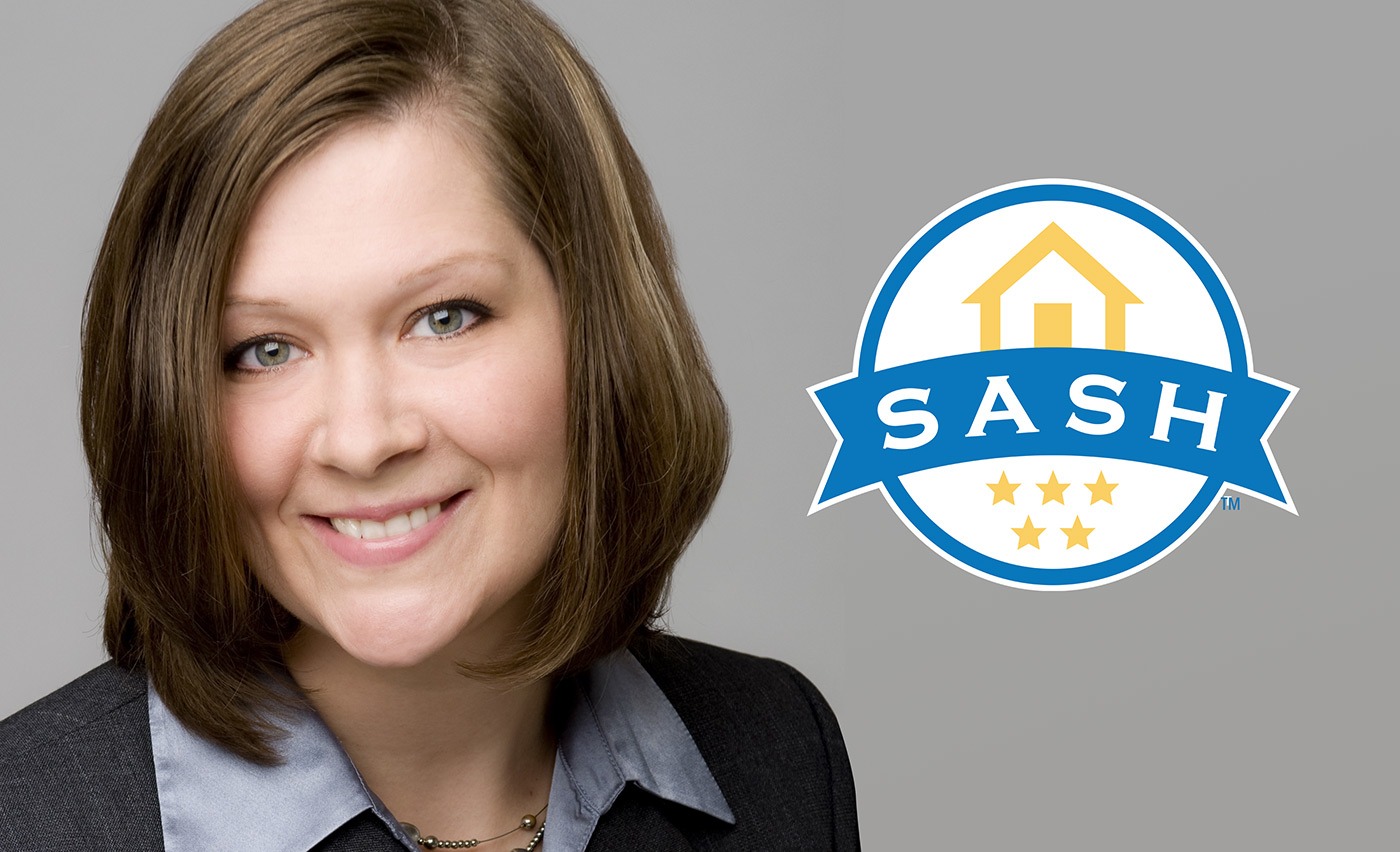When it’s time for a senior loved one’s downsizing, their adult children may not quite understand or relate to the parents’ perspective earned from living 50 years in their home as they see more pragmatic concerns about home repairs and time-consuming chores, and want to schedule moving deadlines based on available free time.
Rebecca Bomann, the CEO of SASH Services, and Suzanne Newman talk about how to do right by our parents while helping them transition from a long-standing residence in their home to senior living. Adult children have a much different perspective than their parents, and it often causes painful conflicts. Rebecca encourages each party to use empathy, compassion and understanding, take time to listen to each other’s perspectives so families can remain healthy after the stressful transition. Remember the big goal: it’s not about who gets the spoon collection.
Household items are a good example. Mom’s sees every item as having valuable memories, happy times, a reflection of the events in her life, and when she leaves, she wants to bequeath each item to a specific family member who will enthusiastically take it and appreciate it. Adult children see older items that they don’t have room for.
Use kind words to describe the belongings. These are collections, belongings, household items that are going to a new home, not “stuff” or “junk.” Encourage Mom to give items to displaced families, immigrants who have fled their countries, or women who have fled abusive situations — people who could really use Tupperware sets and lamps; donate these items to Habitat for Humanity, for example. Or maybe sell a few items to help buy new ones for the new apartment. Let senior loved ones talk about these items of significance.
This is not the time to say that we’ve heard the story before; we don’t have time to hear it again. Let them share — listen to the story — because it’s part of letting go.












